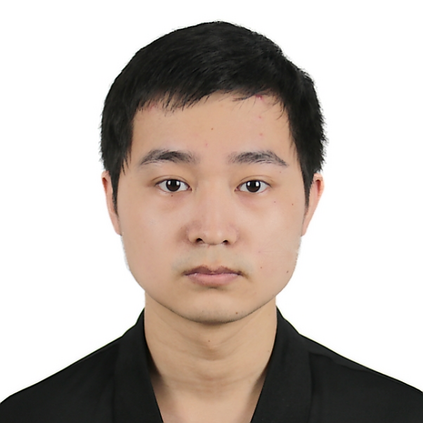Recently, transformers have shown promising performance in learning graph representations. However, there are still some challenges when applying transformers to real-world scenarios due to the fact that deep transformers are hard to train from scratch and the quadratic memory consumption w.r.t. the number of nodes. In this paper, we propose Graph Masked Autoencoders (GMAEs), a self-supervised transformer-based model for learning graph representations. To address the above two challenges, we adopt the masking mechanism and the asymmetric encoder-decoder design. Specifically, GMAE takes partially masked graphs as input, and reconstructs the features of the masked nodes. The encoder and decoder are asymmetric, where the encoder is a deep transformer and the decoder is a shallow transformer. The masking mechanism and the asymmetric design make GMAE a memory-efficient model compared with conventional transformers. We show that, when serving as a conventional self-supervised graph representation model, GMAE achieves state-of-the-art performance on both the graph classification task and the node classification task under common downstream evaluation protocols. We also show that, compared with training in an end-to-end manner from scratch, we can achieve comparable performance after pre-training and fine-tuning using GMAE while simplifying the training process.
翻译:最近,变压器在学习图示中表现出了良好的表现,然而,在将变压器应用到现实世界情景时,仍然有一些挑战,因为深变压器很难从零开始训练,而深变压器和二次内存消耗量(w.r.t.t.)的节点数量也难以训练。在本文中,我们提议Gab Masked Autocarders(GMAEs),这是一个以自我监督为基础的变压器模型,用于学习图示。为了应对上述两个挑战,我们采用了遮盖机制和不对称编码器设计。具体地说,GMAE将部分遮盖式的图形用作投入,并重建遮盖式节点的特征。编码器和解码器是不对称的,这里的编码器是一个深变压器,而解码器则是浅色的变压器。遮盖机制和不对称的设计使得GMAE是一种与常规变压器相比的记忆高效模型。我们显示,当作为传统的自我监督图形表达模型时,GMAE在图形分类任务中都实现了最先进的表现,同时,我们也可以在图表分类和排序的训练中,我们也可以化过程之下,我们也可以的分类工作在进行一个比较式的升级的操作中,我们也可以化过程之下,我们也可以化了一种工作。
















